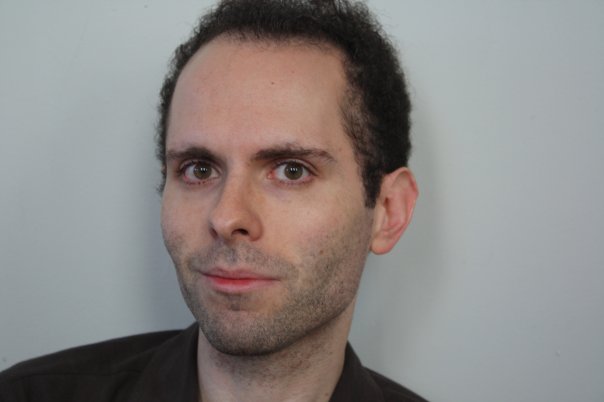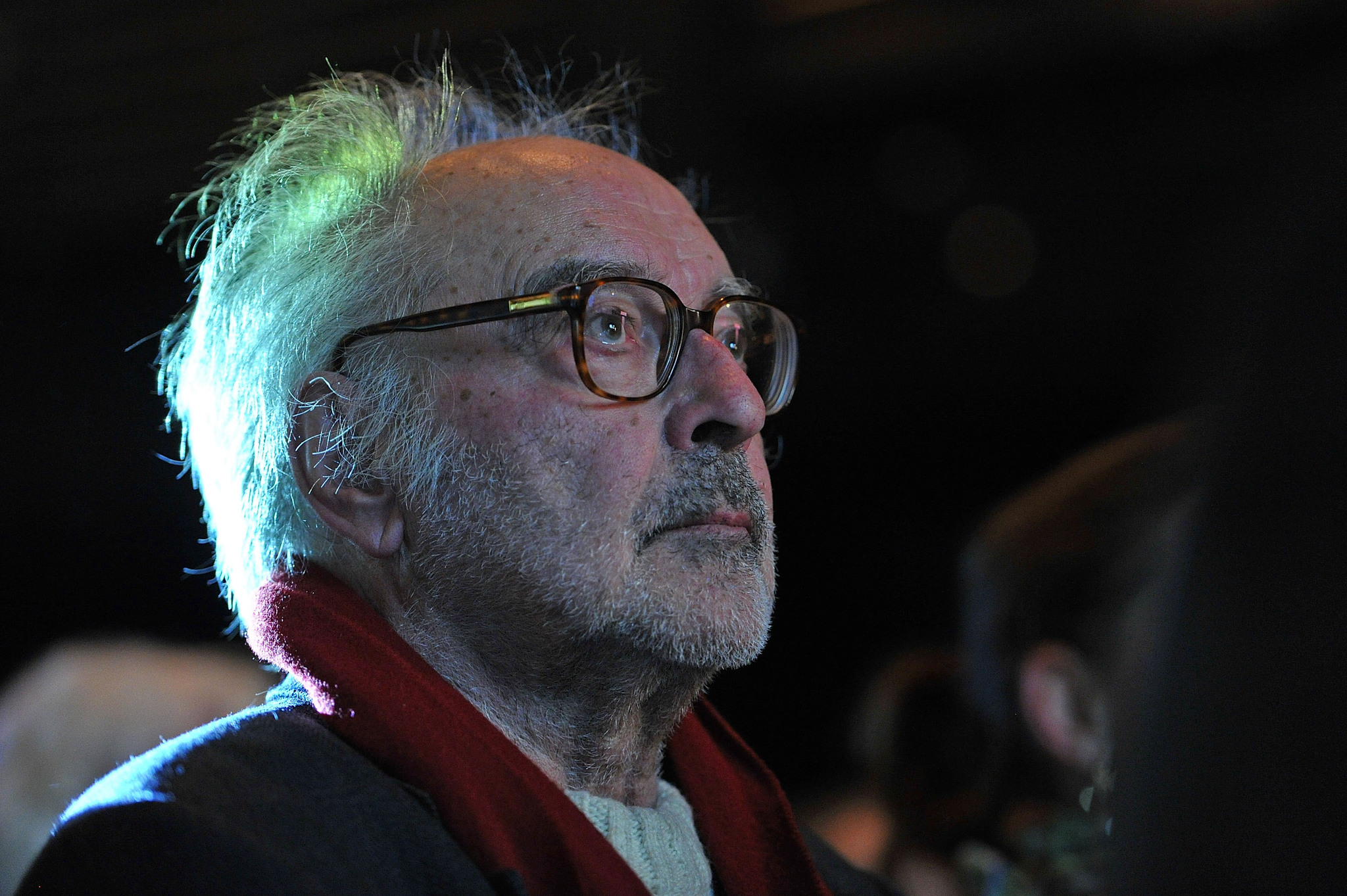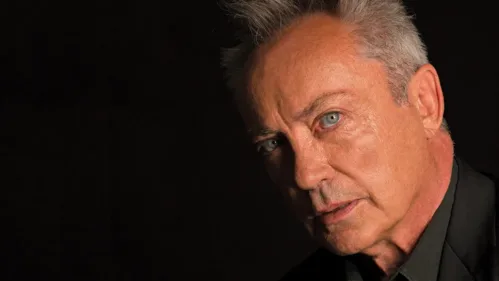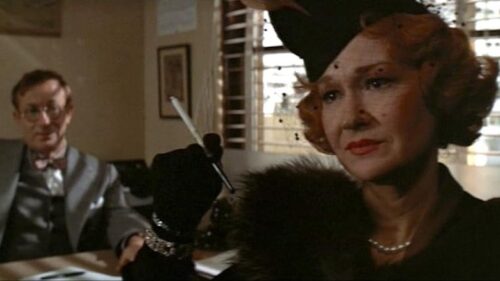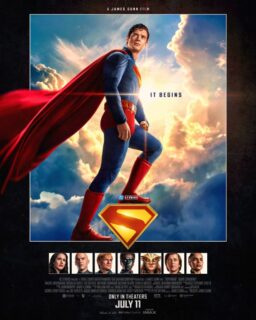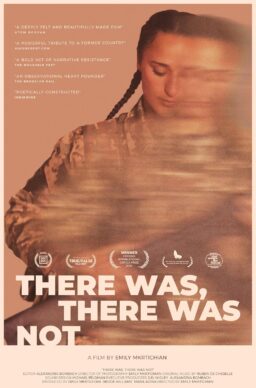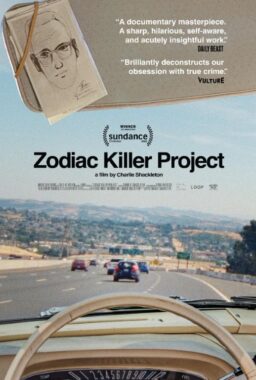He was one of the great cataloguers, so let’s catalogue his career: Jean-Luc Godard was a combative film critic in the 1950s, and he made five shorts in his mid-twenties. At nearly 30 he broke ground with “Breathless” (1959), beginning a run of 15 rules-defying features and six shorts that established him as a major film director for all time, ending with the dissolution and hellishness of “Weekend” (1967). Godard did collective/political movies during the 1970s and made a comeback in 1980 with “Every Man for Himself.” His greatest work was likely “Histoire (s) du Cinema,” a series for TV that was made up of eight episodes done from 1989 to 1999.
Godard’s work rate was always fast-paced, even furious, yet serene, and increasingly perverse; he was always both dead serious and putting us on. A repertory theater can still pack in young audiences for the modernist Godard films of the 1960s, which still carry a kind of bad-boy seductiveness and visual glamour that puts across most of their ever-shifting play of ideas; that same audience does not come out for his later work because it lacks that ‘60s visual pop.
Godard was alive in but entrapped by a sea of quotations and points of comparison, and it could be said that he was the James Joyce of modernist cinema; in his middle period he tried to be the Bertolt Brecht of the cinema, too, but that didn’t really take, and after that he was a very gnarly purveyor of erudite futility. His mind was full of intellectual bric-a-brac, a sensitive young loner’s defense system, and so he was protected by all his references but also walled in. It could have gone on forever, and it nearly did, but Godard chose to leave on his own terms via assisted suicide: “It was his decision and it was important for him that it be known,” reads a statement from his third wife and collaborator Anne-Marie Miéville.

In “Vivre Sa Vie” (1962), which is maybe Godard’s finest or most touching early film, Anna Karina plays a girl who stares up at Falconetti in Carl Dreyer’s “The Passion of Joan of Arc” (1928) and wants to be in a film, but she isn’t; the irony is that Karina’s character is in a movie herself, and a top-tier Godard movie, yet she isn’t aware of that. But Godard is. And that explains his secret and deep satisfaction and why he made as many movies as he did, as if he had found a secret to eternal life for himself and for Karina, his ultimate girlfriend. She struggled with her own passivity and finally needed to find the strength to escape his gaze, even if she was forever marked by it, and not necessarily unhappily. Karina spoke of Godard very fondly in interviews as an older woman.
Godard and Karina were lovers and collaborators in the 1960s, and Godard’s films with Karina are about how he wants to love her and how he finally fails to do so, and that can get to be extremely depressing even as a tacit subject matter, because this lack of feeling and awareness of that lack underlies everything else in their work together. Her character in “Vivre Sa Vie” is shot down at the end, as in a cheap gangster film, not a Dreyer masterwork.
There was a romantic in Godard, but this romanticism was boyishly alien and withholding even in his extreme old age. In all the eras of his long career, Godard makes us aware of film as film and feels no need to create a facsimile of reality for us; his movies are about movies and how life doesn’t measure up. In many of his pictures he plays lush, emotional music on the soundtracks and abruptly cuts it off, as if we don’t deserve it. (Beethoven’s string quartets are perceived by Godard as the highest of artistic accomplishments.) The fact that music comes on and plays uninterrupted after the blackout at the end of “Vivre Sa Vie” is a sign from Godard that death might be more beautiful or elevated than life has been.

A spirit of anarchy and lust for war animates one of Godard’s key early features, “Les Carabiniers” (1963), in which the tone is lucid and barbarous, especially in the famous scene where the idiot protagonists look at a series of postcards of “nature’s marvels” as if they are looting various cultures in record time. Godard’s “Les Carabiniers” portrays a cold, hostile world where everything has been so objectified that nothing has meaning, and death here comes with an on-screen title card.
Godard had a longing to classify, to order, and his films quote and name-drop obsessively, sometimes profoundly, sometimes in a very obvious, adolescent way, sometimes in an obscure way: “This is a Disney film starring Humphrey Bogart, therefore it is a political film,” is a hard-to-parse line from “Made in U.S.A.” (1966). But there is a memorable scene set in a bar in that same movie where language breaks down completely, and the effect is both ominous and freeing because words are seen as especially inadequate for Godard’s most decisive thoughts.
“I can’t find words to tell you how I hate the police” is said three times by Anna Karina in “Made in U.S.A.” And here are some words from the last scene of that film: “The right is stupid because they’re mean, the left is sentimental. They’re both outmoded.” Godard’s films could also settle on pure nihilism, as when the heroine of “A Married Woman” (1964) says, “When I was in high school … who cares?” His misogyny can be very hard to take in his 1960s and also his 1980s films, but his fixation on prostitution provides the basis for a lot of his keener political insights. Godard was not a “nice person,” like his former friend Francois Truffaut, but that was his value.

Some of his collaborators were key to the lasting value of his 1960s run. His early pictures are bolstered by Raoul Coutard’s ultra-crisp cinematography and the music of Michel Legrand and Georges Delerue, whose score for “Contempt” (1963) provides all of the emotion and feeling of loss in that movie. Who can forget the moody nighttime sci-fi look of Coutard’s images for “Alphaville” (1965)? Godard disliked actors (“Actors … you tell them to crawl, they crawl” is a line in “Le Petit Soldat” [1963], and it turns up in different forms in later films). Only Karina and Jean-Pierre Léaud could fully enter into his mind games, and Karina gets increasingly disillusioned with trying to reach Godard as their films together and their own relationship draws to a close.
After “Weekend,” which is called “A film adrift in the cosmos” and also “A film found on a dump,” there came Godard’s political period, when he gave up on people and tried to advocate for humanity instead, and the results could be very disturbing. Jane Fonda’s forcefulness looks distinctly out of place in his “Tout Va Bien” (1972), for in Godard’s world women are usually pretty, enigmatic, and instinctual. “Numéro deux” (1975), which was created in collaboration with Anne-Marie Miéville, is filled with images on television screens and some joltingly rude thoughts on incestuous family dynamics. This is one of Godard’s darkest films, and one of his most obscure still.
Godard’s features of the 1980s have some visual distinction, and he has a particular lust visually at this time for dark emerald greens. In “First Name: Carmen” (1983) Godard himself appears as a kind of avant-garde Peter Sellers, morosely discussing the sad state of the world and his own banishment from wider relevance. It was often to be wondered in this period just how Godard managed to secure money to make sour films about how he couldn’t get money and didn’t want to make any more films.

But his episodes of “Histoire (s) du Cinema” (1989-99) were magisterial and controlled, a bit eccentric, yet mainly beautifully focused and urgent and poetic. All of them moved forward by the sound of Godard’s electric typewriter as he made surprising visual connections, like cross-cutting Lillian Gish in “Broken Blossoms” (1919) with Marlene Dietrich in “Rancho Notorious” (1952), and enthusiastically rasped out lines like “All that might be … that have been!” and “So near, yet never close.”
Godard eulogizes producer Irving Thalberg and puts on an Anita O’Day jazz vocal under Thalberg’s image, for his instinct in “Histoire (s) du Cinema” is to multiply pleasures in as many ways as possible for us, the exact opposite of his intentions in all of his other films. He brings in newsreel images of historical atrocities occurring during the golden age of American cinema, but this is vanquished by footage of Jennifer Jones crawling to her lover at the end of “Duel in the Sun” (1947) set to Bernard Herrmann’s score for Hitchcock’s “Psycho” (1960). “Hitchcock succeeded where Alexander, Caesar, Napoleon, and Hitler failed,” Godard says here. “He conquered the world.”
Godard makes hilariously rude critical pronouncements in “Histoire (s) du Cinema,” as when he ends a survey of the cinemas of different countries with the one-liner, “The English made what they always make … nothing!” The image of Chaplin runs throughout the series, and Ingrid Bergman is the actress who is seen the most frequently, and so she is likely the most beloved or important to Godard. He begins the series with an image of Ida Lupino as a film director before he shows her as a blonde starlet, but there is no image or mention in the series of Bette Davis, Katharine Hepburn, or Barbara Stanwyck, and we only hear Joan Crawford in Nicholas Ray’s “Johnny Guitar” (1954), one of Godard’s favorite films. But there is time for Marilyn Monroe, Rita Hayworth, Ava Gardner, and Veronica Lake.
In “JLG/JLG: Self-Portrait in December” (1994), Godard reads us some Diderot and counsels, “Where doubt is lacking, knowledge is lacking” and offers, “The tragedy of sexual union is the virginity of souls.” To which we might rejoin, “Speak for yourself, Godard.” It would be foolish to try to make sense of some of the lines of thought he offers up. “Europe has memories,” Godard says here. “America has t-shirts. Films are merchandise. They should be burned. Art is fire. Beware the fire within.” He also says it was “as if the universe were a vast mistake.”

Godard was eagerly waiting for death in “JLG/JLG: Self-Portrait in December,” but he had decades more to go, and some of his later features were particularly unfortunate and ugly-minded. He would make outlandish political claims, but these were distanced by his jester’s persona, his status as a provocateur whose job it was to stir things up. In “Goodbye to Language” (2014), even the beauty of the images of his depressive 1980s films is gone, Raoul Coutard’s sunlit compositions from his 1960s run replaced by degraded, saturated digital video colors.
By the time of “The Image Book” (2018), even Joan Crawford is not allowed to finish her lines from “Johnny Guitar,” Godard cutting her off before she can say the word “I.” And then he asks, “Am I alone?” on the soundtrack. “Yes, I am alone.” He was 88 years old then, and he had outlived his French New Wave contemporaries, which feels fated. Godard does stand alone, and he always did. He was a giant in world cinema, an enfant terrible who went on being provocative and obnoxious for over 60 years. His 1960s films will always carry their youthful charge, but “Histoire (s) du Cinema” should increasingly be looked on as his major achievement as filmmaker, as thinker, and as critic.
By the last episode of “Histoire (s) du Cinema,” Godard has worked himself up to a height of profundity. “Image is happiness,” he says. “The image, able to negate nothingness, is also nothingness looking back at us.” At the end of this series, his masterpiece, Godard invokes the end of the ballet in Vincente Minnelli’s “An American in Paris” (1951) when he says, “The man dreamed he was in paradise. When he woke, he found a flower in his hand. I am that man.”
